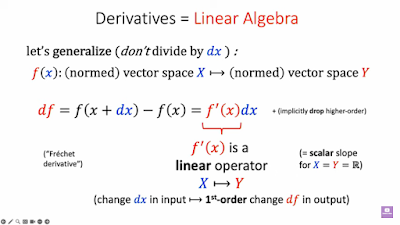There's Got To Be A Better Way to do This!
Looking at this is as a solution to a computer security problem. We need a cost-effective way to make verifiable machine-readable data stores for loading small amounts (<2 KB) of binary data to make bootstrap loaders.
That's a great little machine, but still quite difficult to make, I imagine. The card stacks are also difficult to maintain:
Paper tape readers are easier to make, ...
... but I have not seen anyone demonstrate a paper tape punch (except one Japanese machine I saw a video of in 2023 which was just writing random bit strings to paper tape: see Paper Punching Machine Looks Like Cute Piece Of Computer History Past) it was a whole thing in Japan, apparently. The mechanism is interesting: rather than punch each hole-position independently, most of these devices seem to apply the punch force to the whole row, and solenoids somehow set whether or not an individual position is punched.
切り替えリンク、完璧に動作している #紙テープパンチャー pic.twitter.com/tux7c5L8EA
— Nii (@neet2121) September 9, 2023
メンテ中。#紙テープパンチャー の心臓部。 pic.twitter.com/PM6jZjEFgZ
— Nii (@neet2121) October 9, 2023
Here's a Hackaday story about another one made by Joshua Coleman. He used a laser cutter to make short strips and glued them together:
Subscribe to Joshua Coleman Makes.
The best idea I've had is to use acetate sheets and mark the holes with felt-tip, or just print them on laser printers. It wouldn't be too hard to make a 3D-printed A4 (or A3?) acetate sheet-reader. I suppose if you're just slightly better at optics you could make a reader that works on ordinary printed paper and acetate with a paper backing sheet.
The requirement is for a optically verifiable representation of the bits that is also fast and reliably machine-readable. See Generating Random Bits with Avalanche Noise.


Comments
Post a Comment